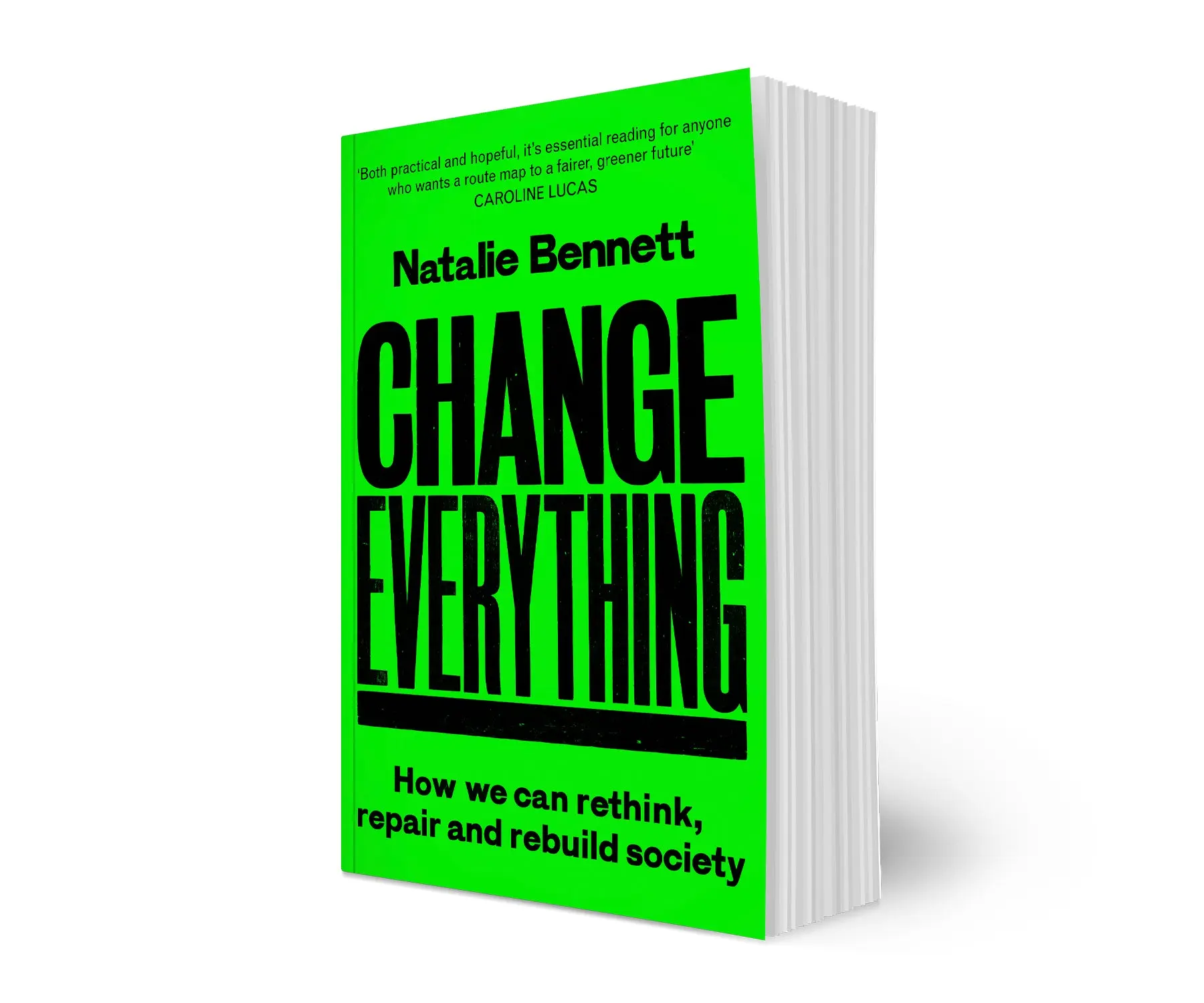Sometimes irony can be so sharp it is agonising. And so it is with the case of the dichotomy that’s been at the heart of Western thought for around two and a half millennium: man equals rational; woman equals emotional (and no prizes for identifying which was good and which bad). Its a trope that’s battled with Eve and the apple as the primary cause by which to do women down, to oppress and repress them.
The irony comes from our growing knowledge of brain function, and the fact that this dichotomy is entirely false, and, moreover that emotion is the dominant factor in the great majority of decisions that we, human beings, make.
The simplest proof comes from brain injury. People who have lost a tiny section of their brain, the orbitofrontal cortex (OFC), which sits just behind the eyes, as a result of malignancy or injury, can apparently fully recover, score at the same level on IQ tests as before, show no obvious sign of disability. But what they lose is all emotional reaction to anything. And what’s more, they find making decisions about the simplest things – what time to arrange an appointment, what to choose from a restaurant menu – almost impossible to make.
This is reported in Jonah Lehrer’s The Decisive Moment: How the Brain Makes Up Its Mind. This is a decisively, self-consciously, sometimes annoyingly popular science book – the actual science being so heavily interweaved with entertaining anecdote, some illuminating and relevant, some less so, that you’d really like to find a pure science alternative. But still, the science is lucidly explained in the gaps between anecdotes, and the story it tells is compelling.
Lehrer explains that the OFC is “response for integrating visceral emotions into the decisionmaking process. It connects the feelings generated by the ‘primitive’ brain – areas like the brain stem and the amygdala, which is in the limbic system – with the stream of conscious thought”. And it is one of the few cortical regions noticeably bigger in humans than other primates. As Lehrer concludes, Plato and Freud were wrong, “Homo sapiens is the most emotional animal of all”.
How well this can work is illustrated with a case from the Iraq war, when a radar operator on a British destroyer decide to shot down a blip on his radar screen heading for an American battleship. It could have been an Iraqi missile, or an American jet; no rational analysis at that time could determine which, yet something about the blip filled him with cold, dreadful fear, although he couldn’t explain what. It was travelling at 550 miles an hour, and he had 40 seconds to decide what to do. He fired his ship’s missiles, and they brought do the Silkworm just short of the American battleship. He still didn’t know why, and it was only years after that intense analysis showed that the missiles appeared on the radar screen a little later than American jets: the radar man’s emotions knew this, but his conscious mind didn’t.
Lehrer explains how experts develop their expertise by training the emotional system – they practice and practice, which produce learned patterns of dopamine release in a part of the brain known as the anterior cingulate cortex (ACC). Then, if something deviates from the pattern, the ACC sends an immediate signal to the hypothalmus. In serious cases that produces what we know as the fright or flight response – pure “gut feeling” or emotion.
The Decisive Brain goes on to get highly topical, by exploring how the human desire to find patterns has fed into the current financial crisis, and this emotional decisionmaking also has its weaknesses. The stock market is a random system in statistic terms. But when an investor randomly makes some money, instead of being happy, they tend to feel regret, that they hadn’t gambled more money. So they dive in further, as do many of their compatriots. So the market surges, and keeps surging. Until bust point. Then people start to despair, and sell out “because the brain doesn’t want to regret staying in”.
And it looks at other situations where emotional thinking only may produce bad results (such as buying with credit cards, where the normal emotional weighting of the value of the good to you versus the loss of the lightening of your wallet is shortcircuited).
So in the end too this is also a self-help book, concluding with the advice:
“Whenever you make a decision, be aware of the kind of decision you are making and the kind of thought process that it requires. … The best way to make sure you are using your brain properly is to study your brain at work, to listen to the argument inside your head.”
Further: “The best decisionmakers don’t despair [at mistakes]. Instead, they become students of error, determined to learn from what went wrong. They think about what they could have done differently so that the next time their neurons will know what to do.”
Good advice. Now all we’ve got to do is employ it to abolish all those errors arising from the false “women equals emotional decisionmaking equals bad”.

 About
About